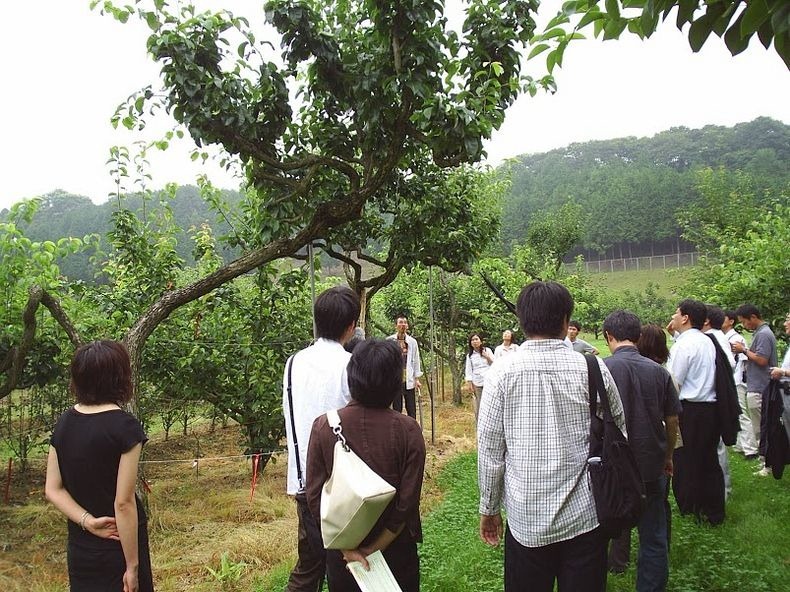
Introduction
In the quest for more sustainable and productive agriculture, scientists have turned to unconventional methods to improve crop yields and enhance plant characteristics. One such method that has been gaining attention in recent years is atomic gardening. This innovative approach to plant breeding harnesses the power of radiation to induce mutations in plants, leading to desirable traits and improved crop varieties. In this article, we will delve into the fascinating world of atomic gardening, its history, benefits, and its potential to revolutionize agriculture.
What Is Atomic Gardening?
Atomic gardening, also known as mutation breeding, is a scientific technique that uses ionizing radiation, such as gamma rays or X-rays, to induce genetic mutations in plants. These mutations can lead to the development of new traits in crops, such as disease resistance, increased yield, and improved nutritional content. This method aims to accelerate the process of plant breeding, which traditionally takes years or even decades.
A Brief History of Atomic Gardening
The concept of atomic gardening dates back to the mid-20th century when scientists began experimenting with radiation to induce mutations in plants. One of the pioneers in this field was Dr. Lewis Stadler, who conducted groundbreaking research on the mutagenic effects of radiation on seeds. His work laid the foundation for atomic gardening as we know it today.
Benefits of Atomic Gardening
- Increased Crop Yield: Atomic gardening has the potential to significantly increase crop yields, addressing global food security challenges.
- Disease Resistance: Through induced mutations, plants can develop resistance to pests and diseases, reducing the need for chemical pesticides.
- Nutritional Enhancement: Atomic gardening can lead to the development of crops with improved nutritional content, addressing malnutrition issues worldwide.
- Shortened Breeding Cycles: This method accelerates the breeding process, allowing for the quicker development of new crop varieties.
The Atomic Gardening Process
The atomic gardening process involves exposing seeds or plant tissues to controlled doses of radiation. This radiation induces genetic mutations, which are then carefully screened and selected for desirable traits. The mutated plants are grown, and their offspring are further evaluated for improved characteristics.
Crops Improved through Atomic Gardening
Numerous crops have benefited from atomic gardening, including rice, wheat, barley, and various fruits and vegetables. These improved varieties are not only high-yielding but also resilient to environmental challenges.
Atomic Gardening vs. Traditional Breeding
While atomic gardening offers numerous advantages, it is essential to compare it to traditional breeding methods. Traditional breeding relies on natural genetic variation, whereas atomic gardening induces mutations. Both methods have their place in crop improvement, with atomic gardening offering a more targeted approach.
Safety and Regulation
Safety is a paramount concern in atomic gardening. Strict regulations and guidelines are in place to ensure that radiation exposure is controlled and that mutated crops are safe for consumption. The scientific community continuously monitors the safety aspects of this method.
Future Prospects of Atomic Gardening
The future of atomic gardening holds promise. As technology advances, we can expect even more precise and efficient methods for inducing mutations in plants. This will lead to the development of crop varieties that can thrive in changing climate conditions and contribute to sustainable agriculture.
Success Stories
- Dwarf Wheat: Atomic gardening played a significant role in the development of dwarf wheat varieties, which revolutionized wheat production and helped address hunger issues.
- High-Yield Rice: Mutated rice varieties with increased yields have been instrumental in feeding growing populations in Asia.
- Disease-Resistant Crops: Atomic gardening has produced disease-resistant strains of various crops, reducing the need for chemical interventions.
Conclusion
Atomic gardening represents a compelling approach to improving crop varieties and addressing global agricultural challenges. Through controlled radiation, scientists have unlocked the potential to develop crops that are more resilient, productive, and nutritious. As technology continues to advance, the future of atomic gardening looks promising, offering solutions to the pressing issues of food security and sustainability.